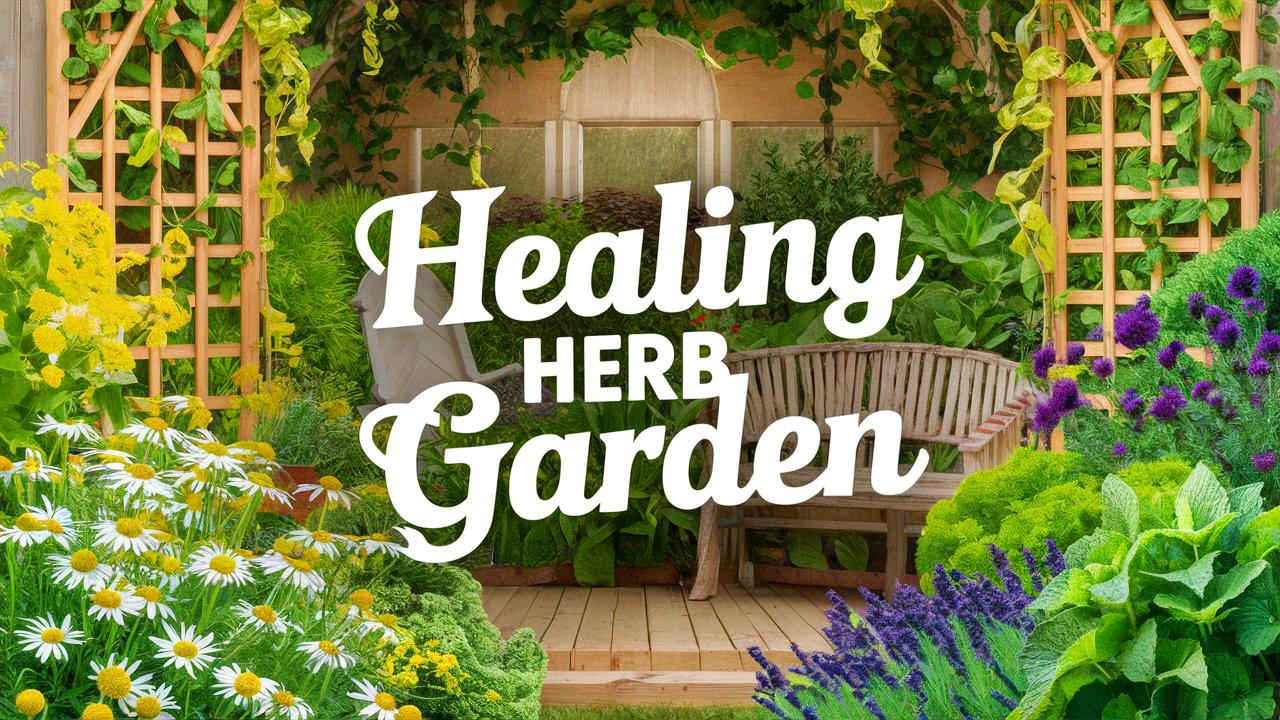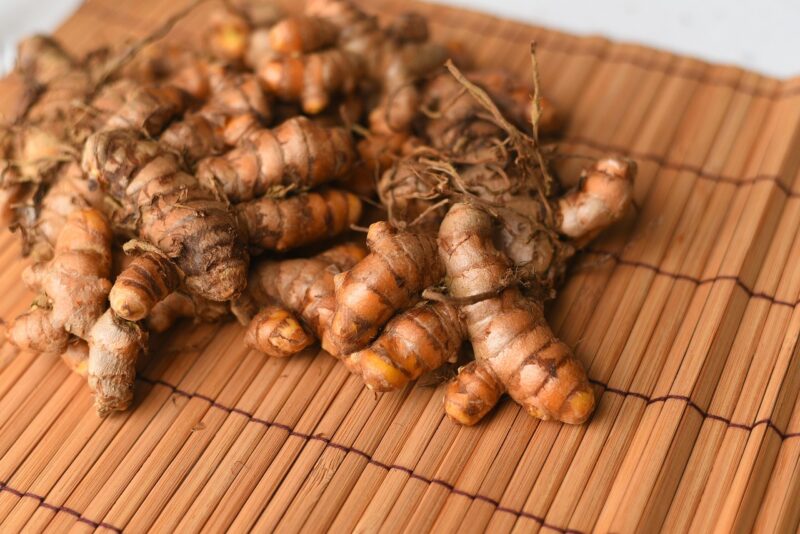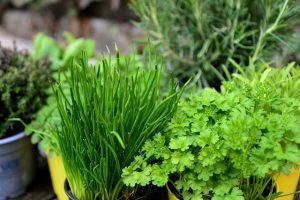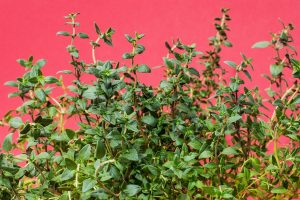Creating a healing herb garden is a rewarding and therapeutic venture, combining the beauty of gardening with the plethora of health benefits that herbs can provide. As people seek natural alternatives for their well-being, cultivating a personal herb garden becomes a popular and fulfilling pursuit.
This guide is designed for beginners, providing detailed insights into how to plan, plant, and effectively utilize herbs for medicinal purposes.
Planning Your Medicine Garden
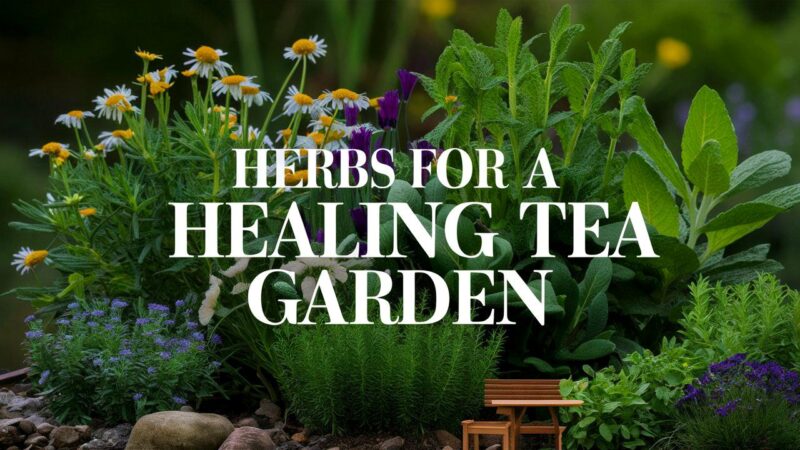
Before you dig into the soil, it’s essential to take time to plan your healing herb garden. Start by selecting an appropriate location with ample sunlight, as most herbs thrive in full sun for at least six hours a day. Assess your space—whether it’s a backyard, balcony, or a windowsill.
Next, consider your climate. Some herbs flourish in cooler climates, while others prefer warmer conditions. Research the hardiness zone of your area to choose herbs that will thrive in your local environment.
Decide on the layout of your garden. You may choose to have a traditional garden bed, a series of pots, or even a vertical garden. Don’t forget to allow adequate space between plants as they grow, promoting healthy air circulation and avoiding overcrowding.
Consider your goals: Do you want to create a garden specifically for stress relief, digestive support, or to aid in skin conditions? With a specific purpose, you can select herbs that offer the most benefits for your needs, ensuring you sow the seeds of wellness.
Holy Basil
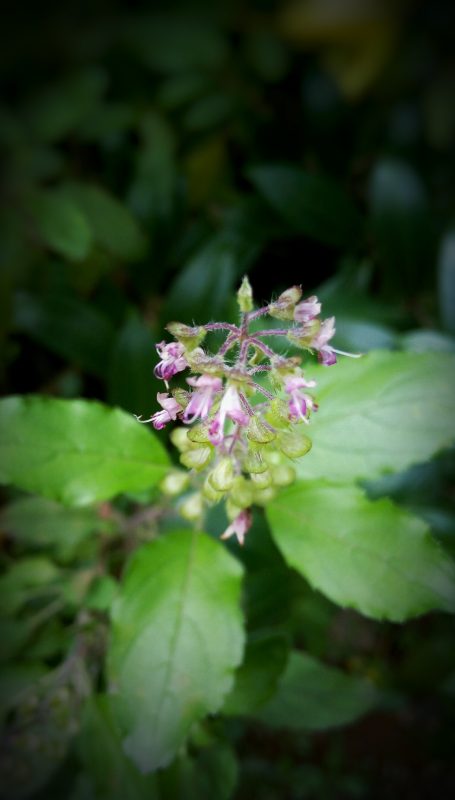
Holy basil, or Tulsi, is revered in Ayurvedic medicine for its incredible health benefits. It is adaptogenic, helping the body adapt to stress and promoting overall balance. This herb not only helps to lower cortisol levels but also supports immune function and enhances mental clarity.
Incorporating holy basil into your garden not only attracts pollinators like bees but also provides you with leaves rich in essential oils. These can be used to brew herbal teas or made into tinctures to harness its full potential.
Marshmallow Plant

The marshmallow plant is a gentle herb known for its soothing properties, especially for the digestive tract. Its leaves and roots contain mucilage, a gel-like substance that coats and soothes irritated mucous membranes.
When cultivated in your herb garden, marshmallow can be brewed into a mild tea that helps alleviate conditions such as heartburn, acid reflux, and stomach upset. It’s a fantastic addition for anyone seeking natural remedies that enhance digestive health, making it an essential herb for your garden.
Lemon Balm
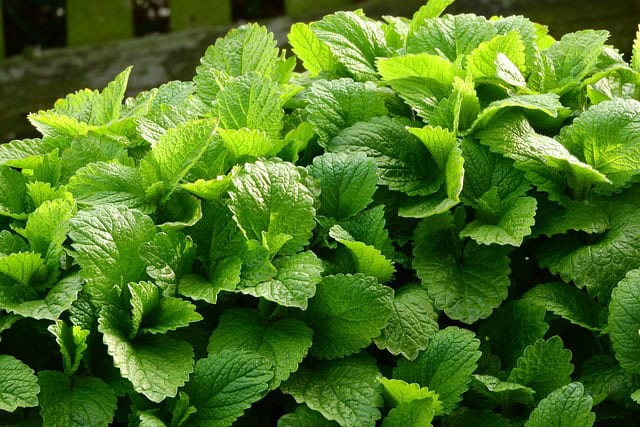
Lemon balm, a member of the mint family, is well-known for its calming effects on the mind and body. This herb has been used for centuries to alleviate stress, anxiety, and promote sleep.
Adding lemon balm to your garden not only brings a lovely lemon-scented aroma, but it also produces delightful leaves that can be utilized in teas or as a culinary herb. Drinking lemon balm tea can help soothe nerves and encourage relaxation, making it a sweet gift to yourself in the healing herb garden.
Calendula
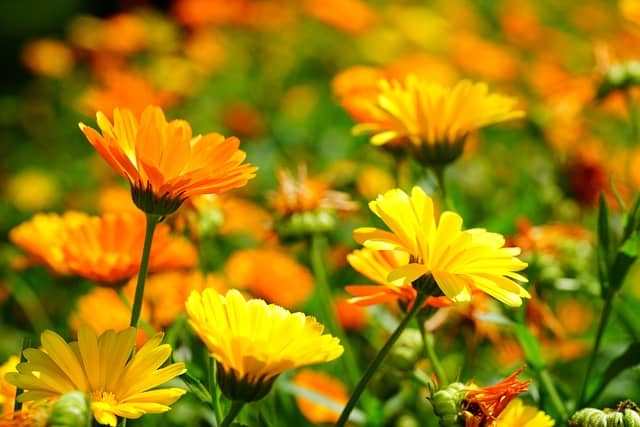
Calendula, or marigold, is celebrated for its skin-soothing properties. Its vibrant orange flowers are not only beautiful but also powerful in treating cuts, burns, and other skin irritations. They contain anti-inflammatory and antiseptic properties.
When planted in your garden, calendula flowers can be harvested and infused in oils or made into poultices. Their bright hues also attract beneficial insects, serving a dual purpose in your healing garden.
Skullcap (Scutellaria galericulata)
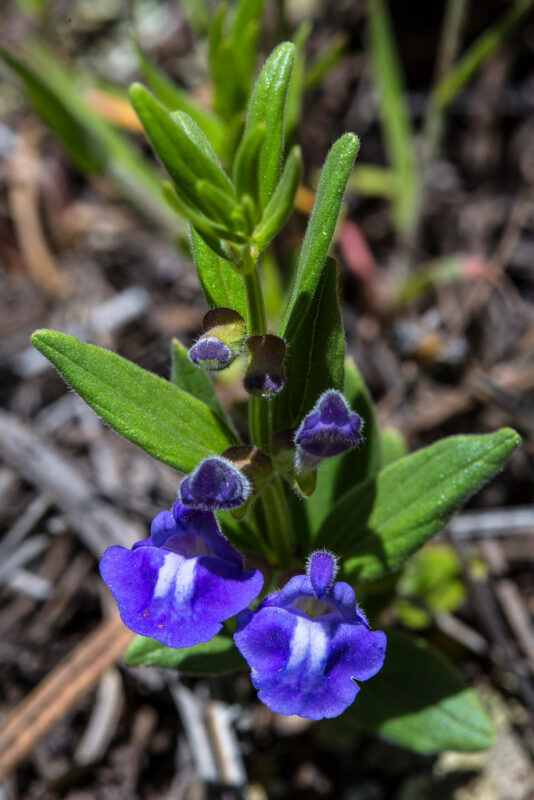
Skullcap is an herb recognized for its ability to calm the nerves and promote relaxation. This herb can be particularly beneficial for those facing anxiety and insomnia.
Incorporating it into your healing herb garden can yield leaves that are easily made into tea, providing a natural solution to induce a sense of serenity and tranquility. Its gentle demeanor makes it suitable for various ages and occasions, especially when needing a calmative effect.
Meadowsweet

Meadowsweet is a classic herb used for its analgesic properties. Historically, it was used as a remedy for pain and inflammation, particularly in arthritis and muscle discomfort.
This herb contains salicylic acid, the compound from which aspirin was developed, making it a natural alternative for pain relief. Growing meadowsweet in your garden allows for easy access to a herbal ally that supports comfort during painful times.
Peppermint
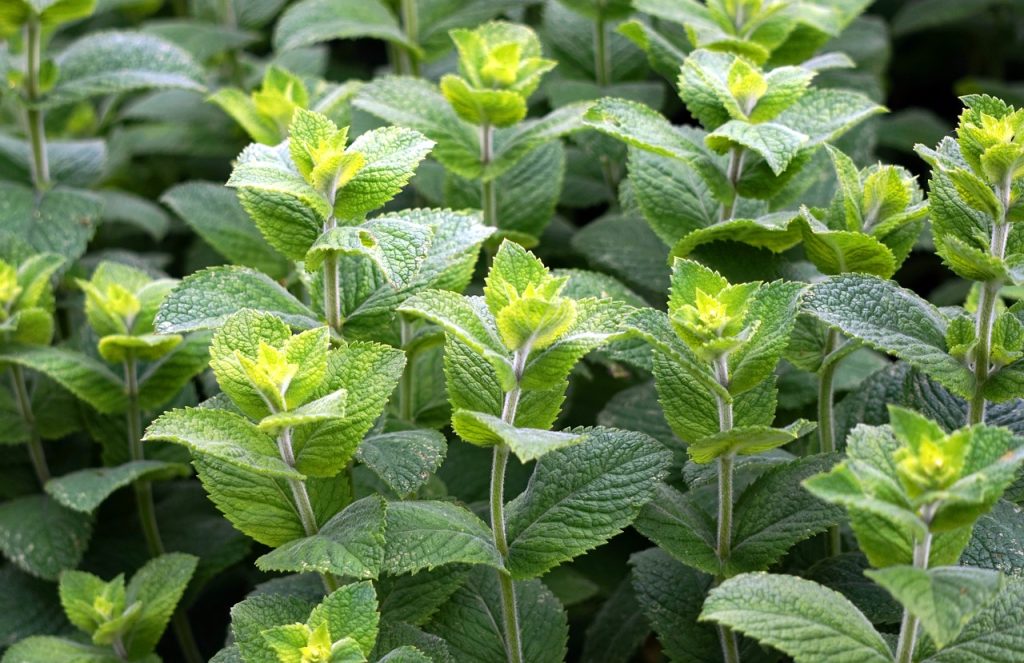
Peppermint is a staple in many kitchens and herb gardens due to its fantastic flavor and excellent digestive benefits. This beloved herb helps alleviate bloating, gas, and gastrointestinal discomfort.
Harvesting fresh peppermint for tea or culinary uses adds a refreshing kick to your dishes, while simultaneously providing soothing effects on the stomach. Including peppermint in your healing herb garden can enhance your culinary creations while supporting digestive health.
Thyme
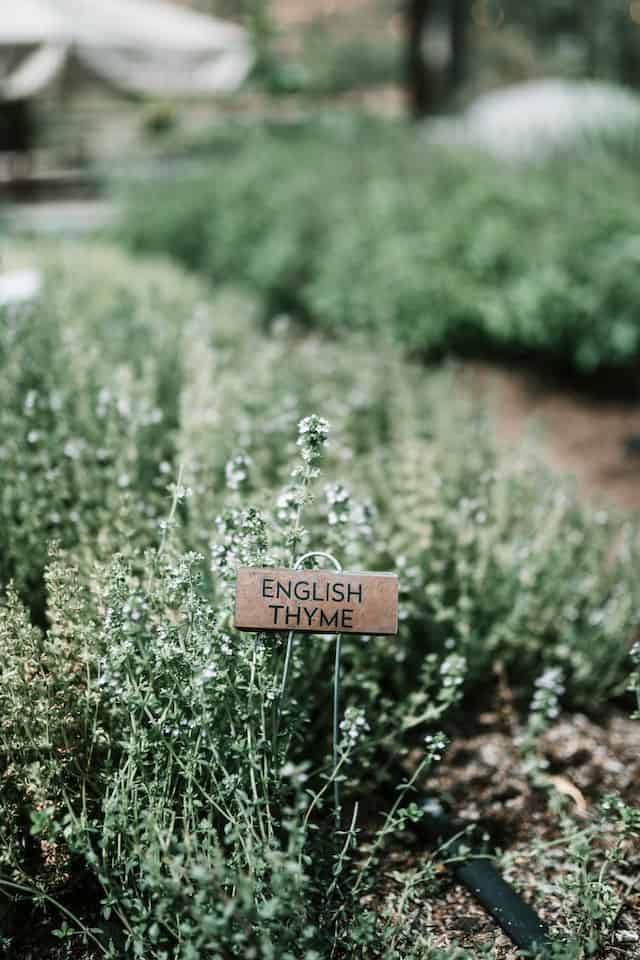
Thyme is not only a flavorful culinary herb but also a powerful medicinal plant. It has been utilized for centuries to ease respiratory conditions such as coughs, bronchitis, and asthma.
Thyme’s antimicrobial properties help to clear respiratory infections, while its anti-inflammatory effects provide respite to sore throats. Harvesting thyme from your garden allows you to create soothing teas or steam inhalations, benefiting your respiratory system holistically.
Passionflower
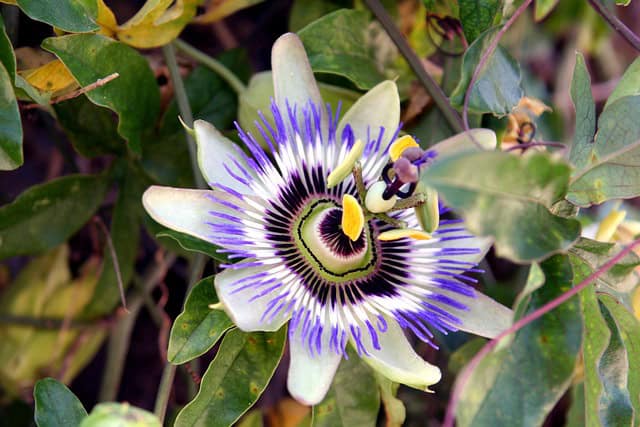
Passionflower is a beautiful climbing vine that features striking blossoms and offers calming benefits. Known for its mild sedative effects, passionflower is employed to alleviate anxiety and enhance sleep quality.
This herb can be cultivated in your garden to create calming teas that reduce restlessness and promote deep relaxation. The visual appeal of passionflower as it blooms adds beauty and functionality to your healing garden space.
Turmeric
Turmeric, with its vibrant golden hue, is a powerhouse herb known for its anti-inflammatory and antioxidant properties. Curcumin, its active compound, has been shown to combat chronic inflammation, support joint health, and boost overall immunity.
When grown in your herb garden, turmeric roots can be harvested and used fresh in cooking or dried for teas. This incredibly versatile herb is an excellent addition for those looking to enhance their health through natural, anti-inflammatory solutions.
Lavender
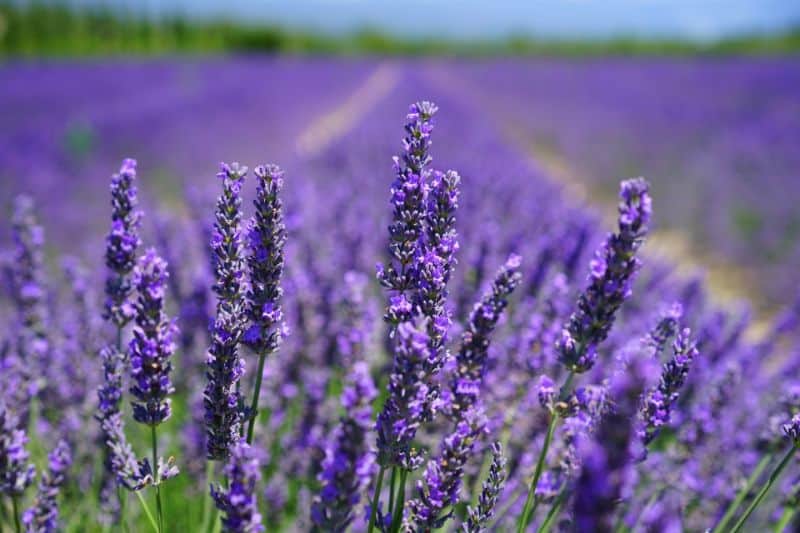
Lavender is a well-loved herb, cherished for its calming scent and beauty. It’s frequently used in aromatherapy to reduce anxiety and promote restful sleep.
Having lavender in your healing garden allows for easy access to its fragrant flowers for making calming sachets, teas, or infused oils. The soothing aroma of lavender can create a peaceful atmosphere, making it a staple herb for relaxation.
Milk Thistle

Milk thistle is an iconic herbal remedy known for its protective effects on the liver. The active ingredient, silymarin, is acclaimed for its ability to detoxify and regenerate liver cells.
Cultivating milk thistle in your garden can provide a potent herbal ally for supporting liver health. Its seeds can be crushed to make tinctures or added to smoothies, serving as an incredible addition to a wellness-focused diet.
Ginkgo
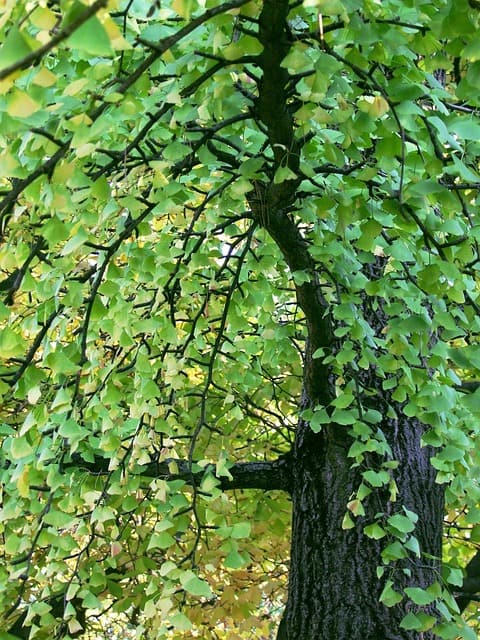
Ginkgo Biloba, one of the oldest living tree species, is revered for its cognitive benefits. It promotes better circulation to the brain, potentially enhancing memory and focus.
While growing ginkgo may require a longer waiting period for the trees to mature, it’s worth the effort for those interested in cognitive support. Leaves can be dried and turned into tea, providing a brain-boosting tonic.
Comfrey
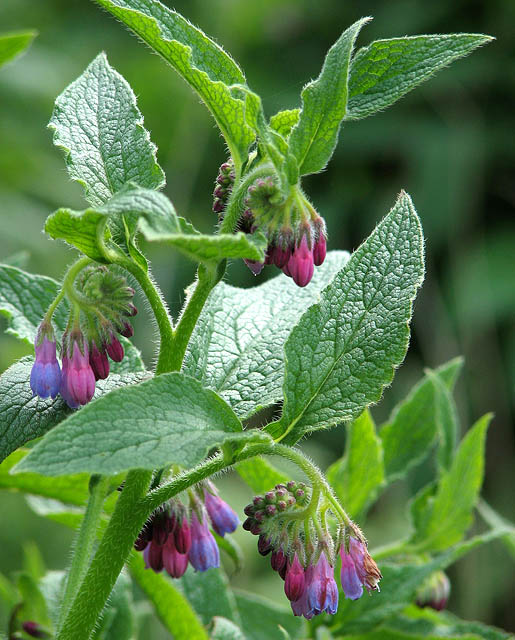
Comfrey is often called “knitbone” for its reputation as a heal-all herb. It is known for its ability to heal tissues and promote closure of wounds due to its allantoins, which help repair and regenerate skin cells.
While using comfrey requires caution—especially with internal use—it can be an excellent topical remedy for bruises, sprains, and bone injuries when applied as a poultice or salve. Its usefulness in a healing garden is substantial, serving as a natural first-aid solution.
Sage
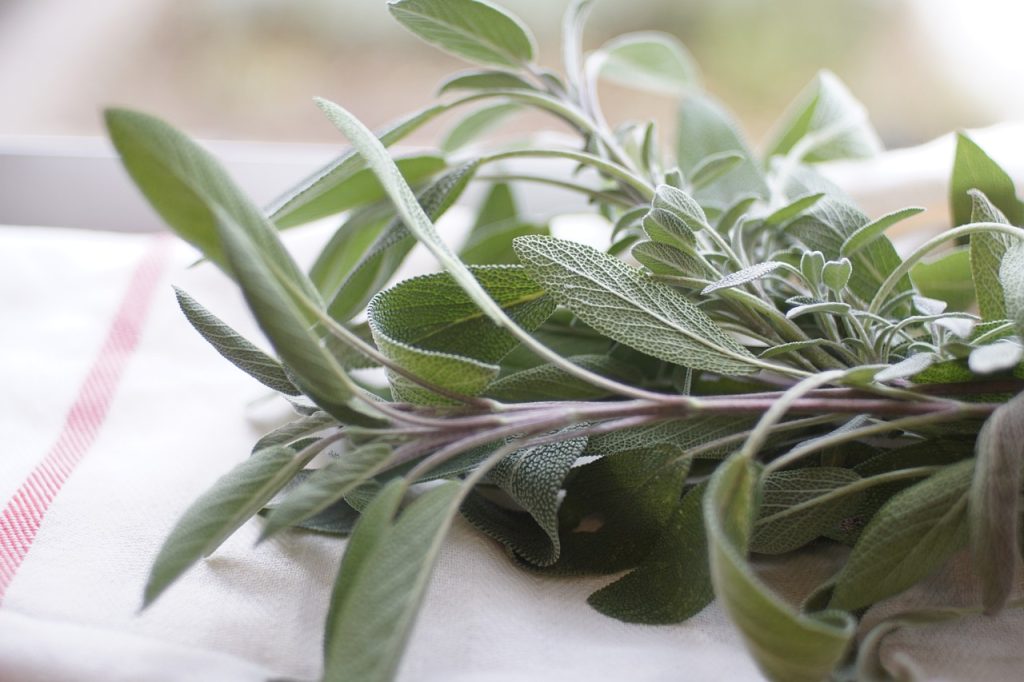
Sage is a powerful herb known for its antimicrobial properties. Its leaves can be used to support oral health, alleviate sore throats, and protect against infections.
Incorporating sage into your healing herb garden not only provides culinary benefits but also offers a way to prepare herbal rinses or teas that can alleviate ailments and promote overall health.
Yarrow
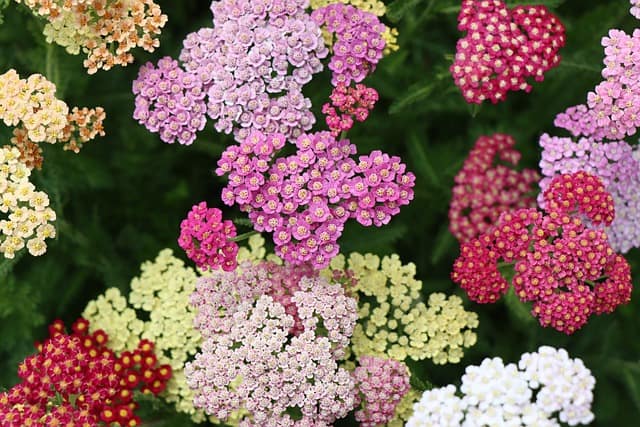
Yarrow is an incredibly versatile herb with a rich history in folk medicine. It has anti-inflammatory and anticoagulant properties that support wound healing and reduce fevers.
Harvesting yarrow from your garden allows for easy preparation of herbal infusions or topical applications, perfect for treating cuts and scrapes. Its bitter flavor also makes it an ally for digestive health when included in teas.
Wild Violets
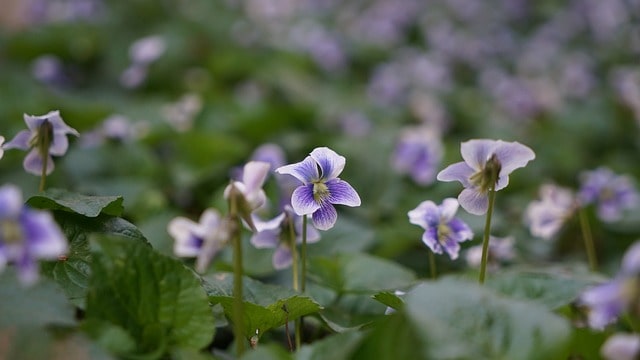
Wild violets are charming flowers that offer both aesthetic and health benefits. Known for their anti-inflammatory properties, they can be used to soothe skin irritations, allergies, and respiratory issues.
Growing wild violets can enrich your garden while also providing edible blooms that can be used in salads or as beautiful garnishes. Their gentle nature makes them a delightful addition to any healing herb garden.
How to Truly Use Those Healing Herbs in the Kitchen and in Medicine
With a flourishing healing herb garden, the next step is learning how to utilize these wonderful plants effectively. Here are some practical applications:
Herbal Teas: Most herbs can be steeped to create soothing teas. Simply harvest the leaves, chop them if necessary, and steep in hot water for approximately 5–10 minutes. Strain and enjoy!
Tinctures: To create tinctures, herbs can be steeped in alcohol or apple cider vinegar for several weeks. This process extracts the beneficial compounds, creating a concentrated remedy that can be taken by the dropper full.
Salves and Ointments: Combining herbs with a carrier oil and beeswax can create healing salves. Infuse oils with herbs before mixing with beeswax for topical applications on cuts, rashes, or dry skin.
Culinary Uses: Many healing herbs double as culinary ingredients. Add fresh herbs to salads, soups, and stews or use them to flavor oils and vinegars. Their therapeutic properties will enhance your meals and support your health.
Aromatherapy: Some herbs can be used in essential oil form or dried for sachets and potpourri. Their aromas can be used to promote relaxation and reduce stress in your home environment.
Baths and Compresses: Dried or fresh herbs can be added to bathwater for a soothing soak or made into herbal compresses for localized relief of pain and inflammation.
Creating a healing herb garden opens the door to a world of natural remedies and culinary delights. By selecting a wide variety of herbs, you equip yourself with the tools for enhanced health and healing. Whether you’re infusing teas, crafting salves, or incorporating herbs into your meals, the benefits you reap from your garden can be profound. Cultivate your healing herb garden and let nature’s bounty work for you on your journey to wellness.


